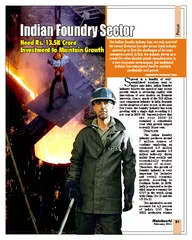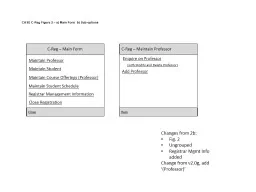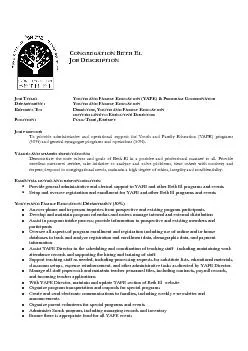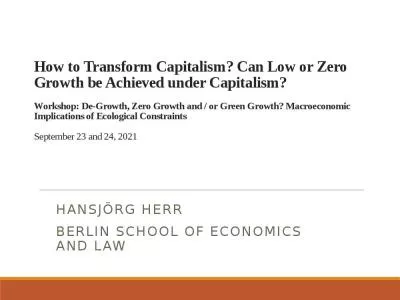PDF-Need Rs. 13.5K CroreInvestment to Maintain Growth
Author : stefany-barnette | Published Date : 2015-07-24
Indian Foundry Sector The Indian foundry industry has not only survived the recent downturn but also as any basic industry geared up to face the challenges of the
Presentation Embed Code
Download Presentation
Download Presentation The PPT/PDF document "Need Rs. 13.5K CroreInvestment to Mainta..." is the property of its rightful owner. Permission is granted to download and print the materials on this website for personal, non-commercial use only, and to display it on your personal computer provided you do not modify the materials and that you retain all copyright notices contained in the materials. By downloading content from our website, you accept the terms of this agreement.
Need Rs. 13.5K CroreInvestment to Maintain Growth: Transcript
Download Rules Of Document
"Need Rs. 13.5K CroreInvestment to Maintain Growth"The content belongs to its owner. You may download and print it for personal use, without modification, and keep all copyright notices. By downloading, you agree to these terms.
Related Documents














